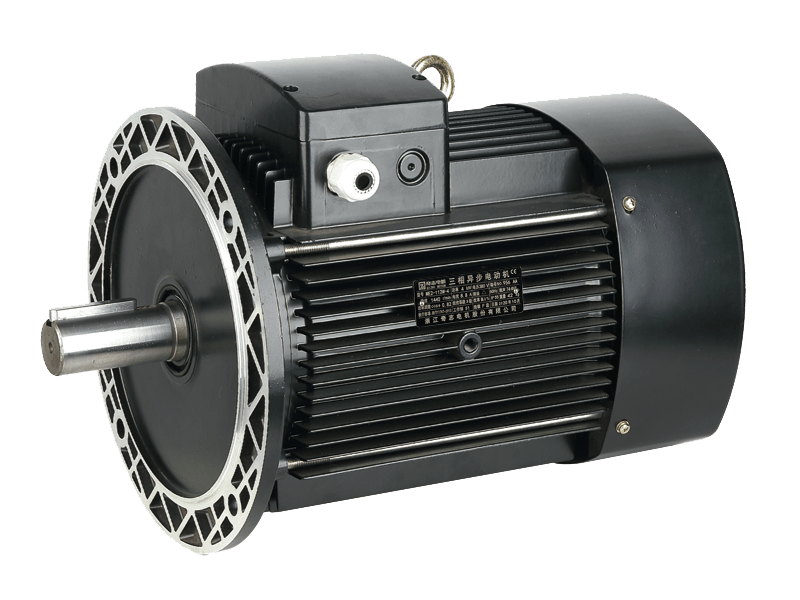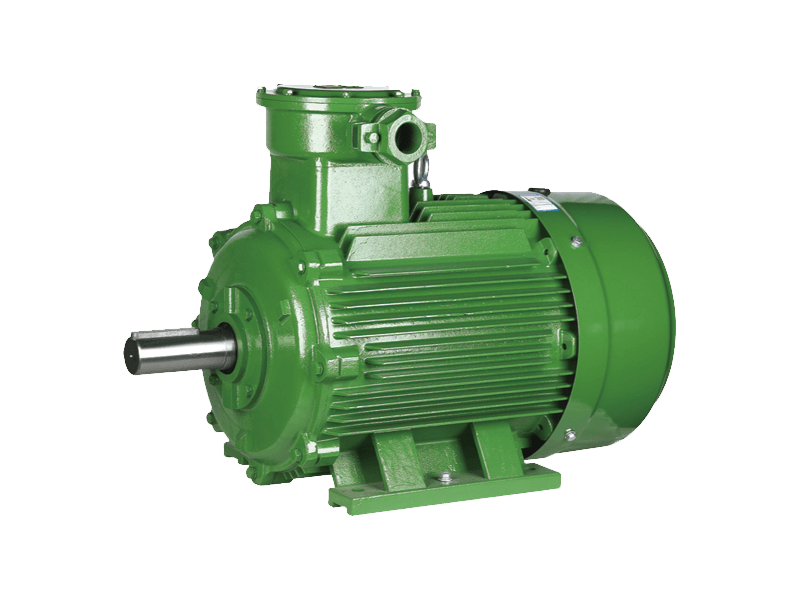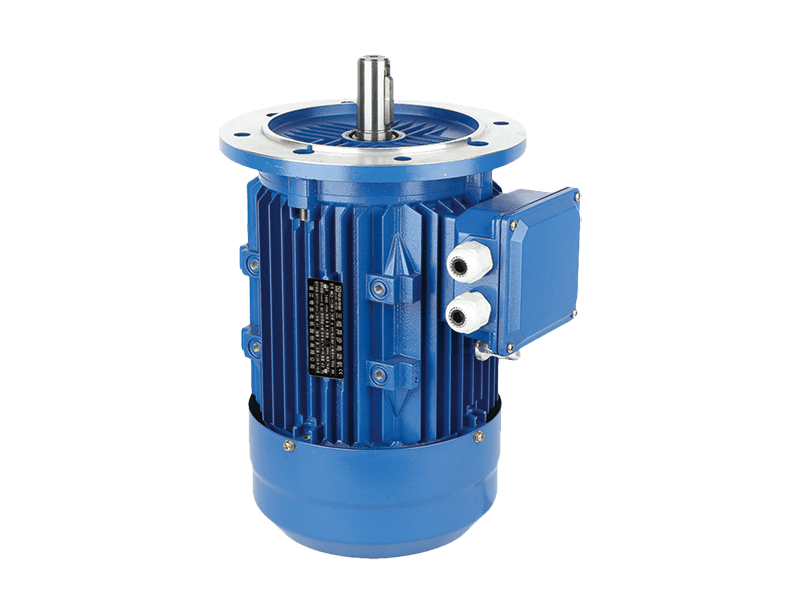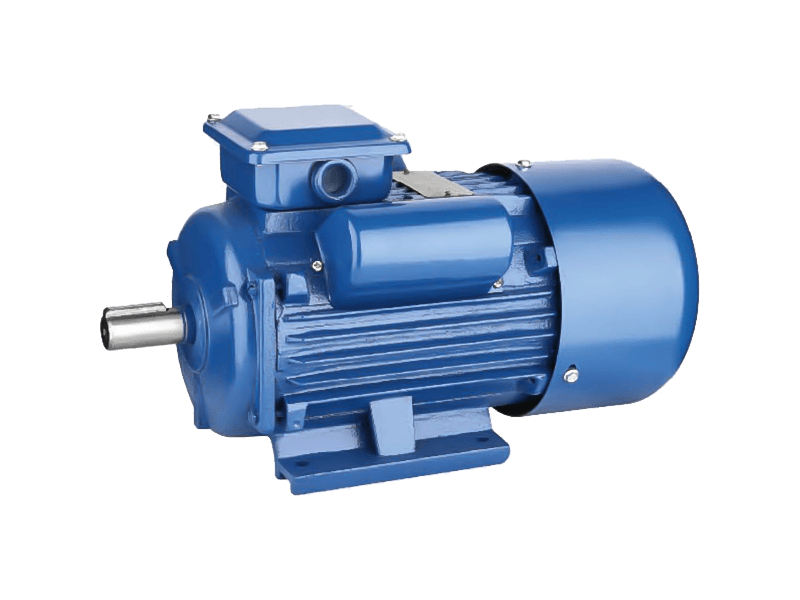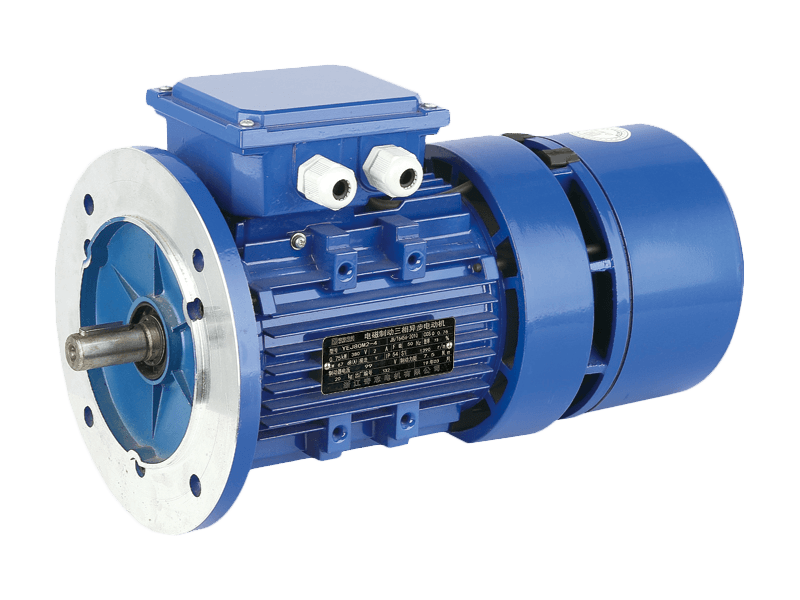Electric motors have become indispensable components in modern industry, powering a vast range of equipment across multiple sectors. One of the key advantages of electric motors is their ability to offer variable speed control, which is critical for optimizing performance, efficiency, and flexibility in industrial processes. Unlike fixed-speed motors, electric motors capable of staged speed changes provide industries with the precision and adaptability needed to meet evolving production demands.
The Growing Demand for Variable Speed Electric Motors
Variable speed electric motors are increasingly sought after in industries where different operational speeds are required for various stages of production or machinery operation. This demand spans a wide range of sectors including manufacturing, mining, metallurgy, textiles, printing, chemical processing, and agriculture. These industries benefit significantly from motors that can adjust their speeds smoothly, avoiding the limitations of traditional fixed-speed motors and mechanical gearboxes.
For instance, in textile manufacturing, the ability to control motor speed in stages allows for precise adjustments during fabric weaving or dyeing processes, ensuring high-quality output. Similarly, in the mining sector, variable speed motors enhance the performance of conveyors and crushers, allowing equipment to operate optimally under varying load conditions.
Simplifying Mechanical Drive Systems
One of the notable benefits of electric motors with variable speed capabilities is their ability to simplify or even replace mechanical gearboxes in drive systems. Gearboxes are traditionally used to alter the speed and torque of motor-driven machinery but come with drawbacks such as increased maintenance needs, mechanical losses, and added complexity.
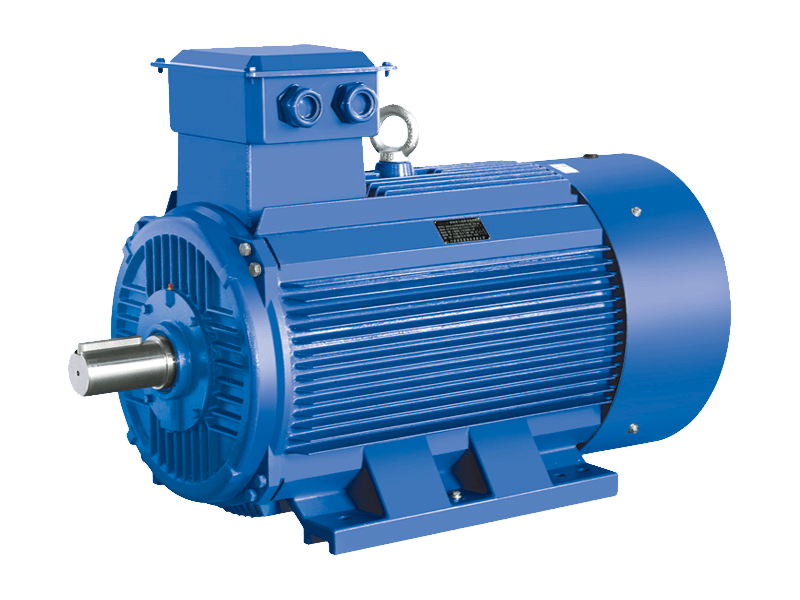
Electric motors with adjustable speed eliminate the necessity for many gearboxes by providing the required speed variation directly through electrical control. This not only reduces the number of mechanical components but also cuts down maintenance costs, increases system reliability, and improves overall efficiency.
Applications Across Diverse Industrial Sectors
Mechanism and Automation: In automated machinery and robotics, precise speed control is essential for coordination and smooth operation. Electric motors with staged speed adjustment ensure seamless transitions between different movement phases, boosting productivity and accuracy.
Mining and Metallurgy: Heavy machinery such as conveyors, hoists, and crushers require adaptable motor speeds to handle variable loads and optimize throughput. Variable speed electric motors provide the robustness and flexibility necessary for these harsh environments.
Textile Industry: The dyeing, spinning, and weaving processes depend on accurate speed regulation to maintain product quality. Electric motors with variable speeds enable manufacturers to fine-tune production lines to meet specific fabric specifications.
Printing and Dyeing: Speed changes in printing presses and dyeing machines are critical for accommodating different materials and designs. Electric motors with staged speed control facilitate these adjustments without downtime or equipment strain.
Chemical Industry: Processes such as mixing, pumping, and chemical reactions often require motors to run at varying speeds. Electric motors provide the necessary control to ensure process stability and safety.
Agriculture: Electric motors power equipment like irrigation pumps, feed conveyors, and processing machines, where varying speed operation helps optimize resource use and improve crop yields.
Technological Advances Driving Efficiency
The development of advanced control systems, such as variable frequency drives (VFDs) and programmable logic controllers (PLCs), has significantly enhanced the performance of electric motors in industrial settings. These technologies enable smooth and precise speed adjustments, energy savings, and better protection against motor overloads and faults.
By integrating electric motors with modern controls, industries achieve higher efficiency and lower operational costs. VFDs, for example, allow motors to run only at the speed necessary for a given task, reducing energy consumption and wear.
Environmental and Economic Benefits
The ability to change motor speeds in stages also contributes to environmental sustainability by reducing energy waste. Many industrial processes traditionally operated at constant speeds, to excessive power consumption during periods of low demand. Variable speed electric motors address this inefficiency by matching motor output to actual needs, cutting greenhouse gas emissions and lowering electricity bills.
